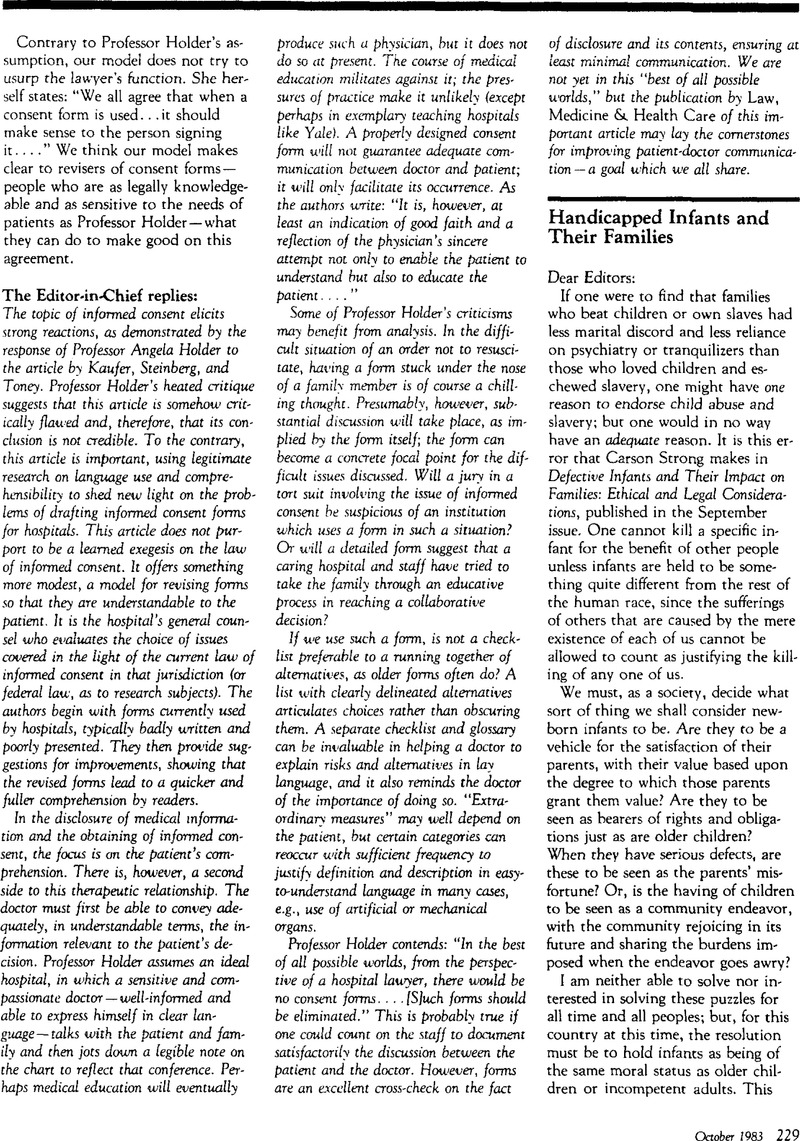Protection of Human Subjects, 45 C.F.R. §46.116 (
1981). “No informed consent, whether oral or written, may include any exculpatory language through which the subject or the representative is made to waive or appear to waive any of the subject's legal rights, or releases or appears to release the investigator, the sponsor, the institution or its agents from liability for negligence.”
Google Scholar 